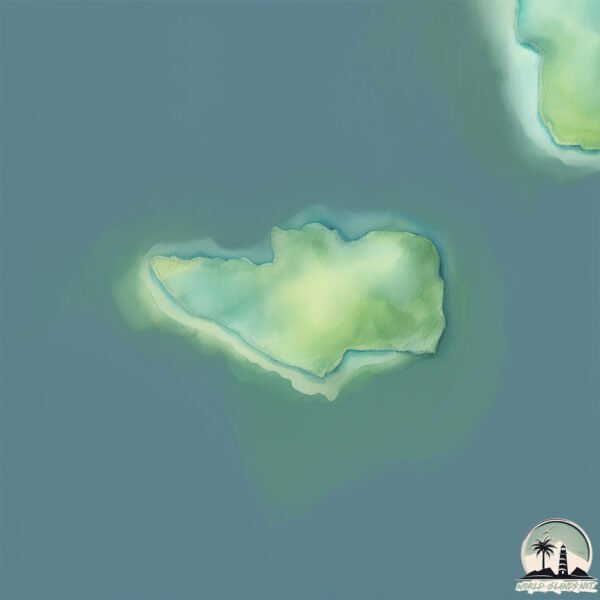Welcome to Saddle , a Polar island in the South Pacific Ocean, part of the majestic Pacific Ocean. This guide offers a comprehensive overview of what makes Saddle unique – from its geography and climate to its population, infrastructure, and beyond. Dive into the details:
Geography and size of Saddle
Size: 0.718 km²Coastline: 5.1 kmOcean: Pacific OceanSea: South Pacific OceanContinent: South America
Saddle is a Tiny Island spanning 0.718 km² with a coastline of 5.1 km.
Archipel: –
Tectonic Plate: Scotia – Situated in the Southern Ocean, surrounding the Scotia Sea, between South America and Antarctica, known for the Scotia Arc and active seismicity.
The geographic heart of the island is pinpointed at these coordinates:
Climate and weather of Saddle
Climate Zone: PolarClimate Details: TundraTemperature: Cold
Climate Characteristics: The tundra climate features long, extremely cold winters and short, cool summers. Vegetation is limited to mosses, lichens, and small shrubs due to the low temperatures and short growing seasons. Biodiversity is low, but some specialized species thrive.
Topography and nature of Saddle
Timezone: UTC-04:00Timezone places: America/La_PazMax. Elevation: 20 m Mean Elevation: 10 mVegetation: WetlandTree Coverage: 85%
The mean elevation is 10 m. The highest elevation on the island reaches approximately 20 meters above sea level. The island is characterized by Plains: Flat, low-lying lands characterized by a maximum elevation of up to 200 meters. On islands, plains are typically coastal lowlands or central flat areas.
Dominating Vegetation: Wetland
Vegetation: 1 vegetation zones – Minimal Diversity Island
Infrastructure and Travelling to Saddle
Does the island have a public airport? no .
Does the island have a major port? no .
The mean population of Saddle is 0 per km². Saddle is Uninhabited. The island belongs to Chile .
Continuing your journey, Wollaston is the next notable island, situated merely km away.
Rock Fishing Kayak Overnight Fishing Adventure to Saddle Island
Kayaking out to Saddle Island for an overnight land based Snapper hunt over a 500m long reef system. Two trips, lots of Snapper, ...
Rock Fishing Kayak Overnight Fishing Adventure to Saddle Island
Kayaking out to Saddle Island for an overnight land based Snapper hunt ...
Kayaking out to Saddle Island for an overnight land based Snapper hunt over a 500m long reef system. Two trips, lots of Snapper, ...
Dronie at Saddle Island Hauraki Gulf. DJI Mavic Drone
Dronie taken at Saddle Island in the Hauraki Gulf Auckland New ...
Dronie taken at Saddle Island in the Hauraki Gulf Auckland New Zealand. 14 Nov 2017. DJI Mavic Pro drone using Dronie ...
Walk accross Saddle Island in 50seconds
Saddle Island just outside Mahurangi Harbour, New Zealand.
Saddle Island just outside Mahurangi Harbour, New Zealand.
Chile is classified as Emerging region: G20: Group of Twenty – Major economies comprising both developed and emerging countries, representing the world’s largest economies. The level of income is Upper middle income.
News – Latest Updates and Headlines from Saddle
Stay informed with the most recent news and important headlines from Saddle. Here’s a roundup of the latest developments.
Loading...
Please note: The data used here has been primarily extracted from satellite readings. Deviations from exact values may occur, particularly regarding the height of elevations and population density. Land area and coastline measurements refer to average values at mean high tide.

